To start our journey, we spent three days in Split, Croatia, where history and daily life come together in the same spaces. Walking through the UNESCO-listed Diocletian’s Palace, we could see how the past has been rebuilt into the present: cafés inside ancient courtyards, markets under stone archways, and locals gathering in squares that have existed for centuries. Split showed us how heritage is not only preserved but actively lived in, which connects well to our theme of reimagining the future through the past.
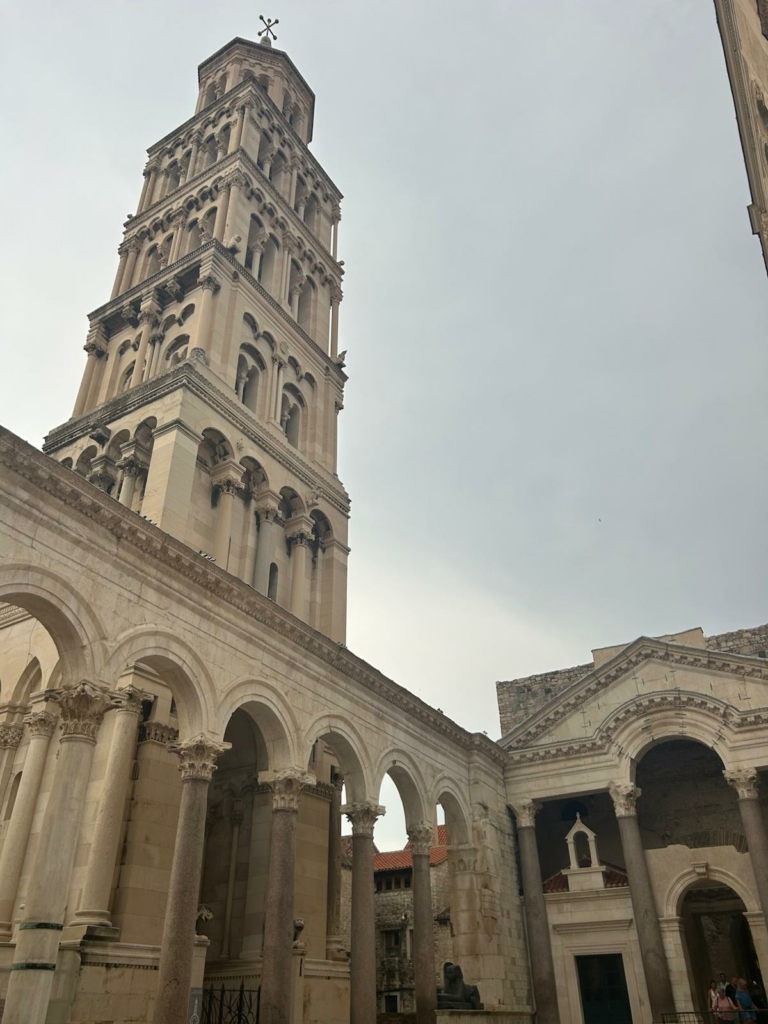
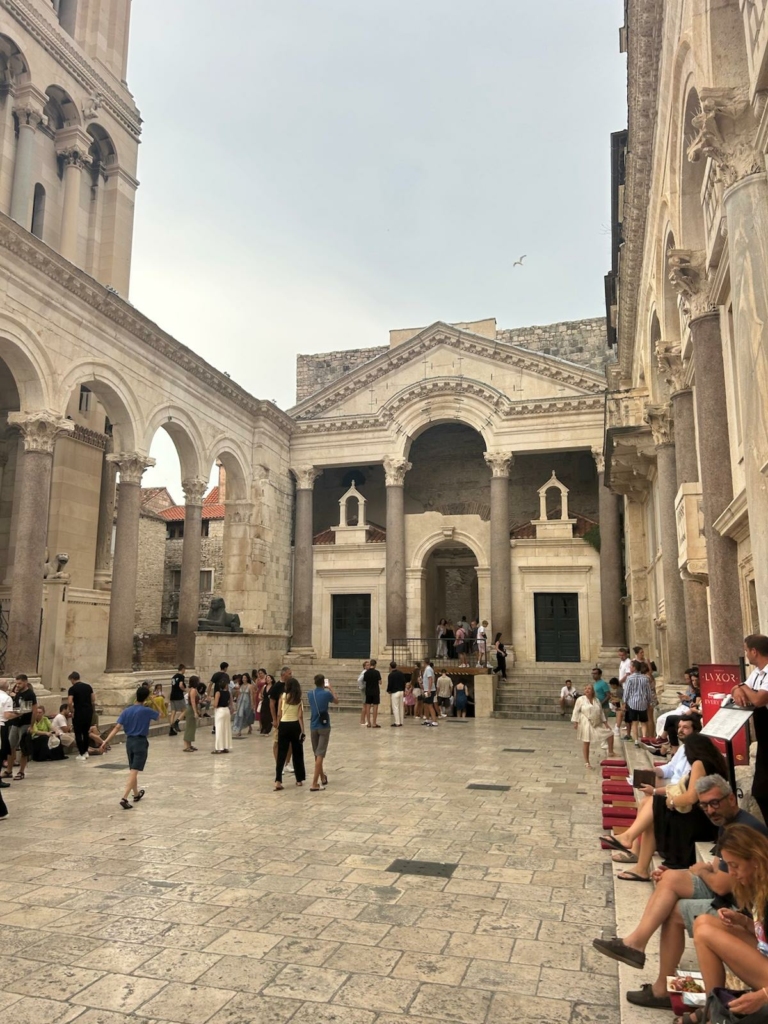
On our first day, we visited St. Domnius Cathedral and climbed the bell tower for a clear view over the city and harbor. We also walked along the Riva promenade, a busy waterfront lined with cafés and restaurants. That evening we had pizza for dinner and ended up getting caught in a sudden rainstorm. This was something we hadn’t expected, but it turned into a fun and memorable part of the trip!
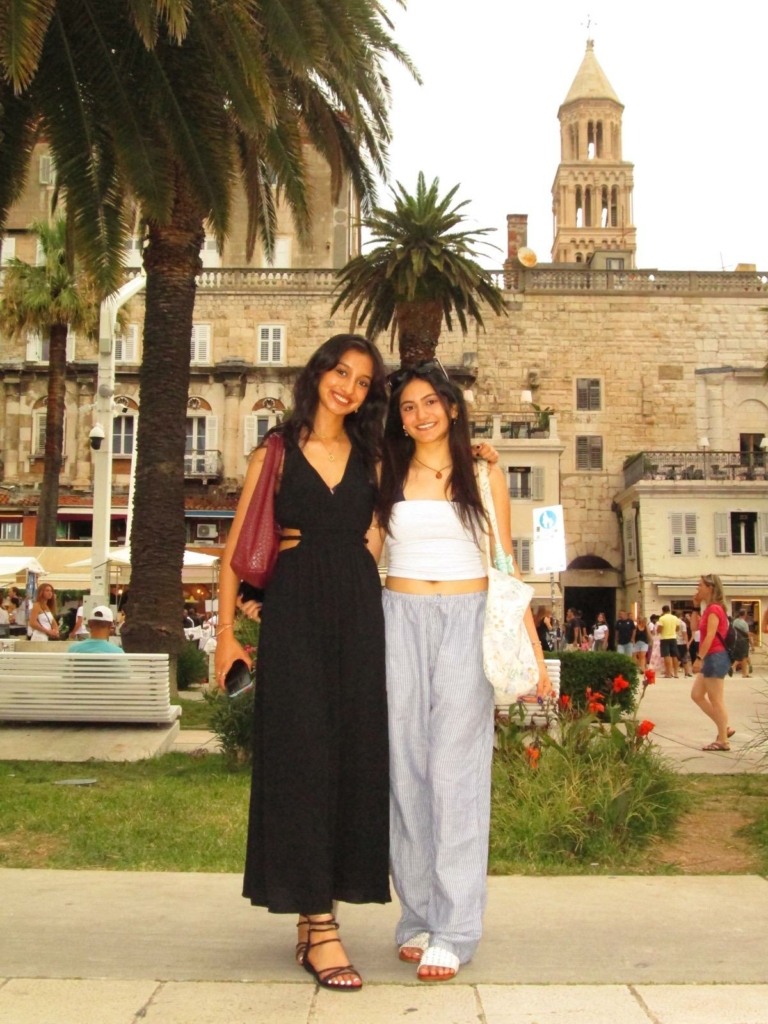
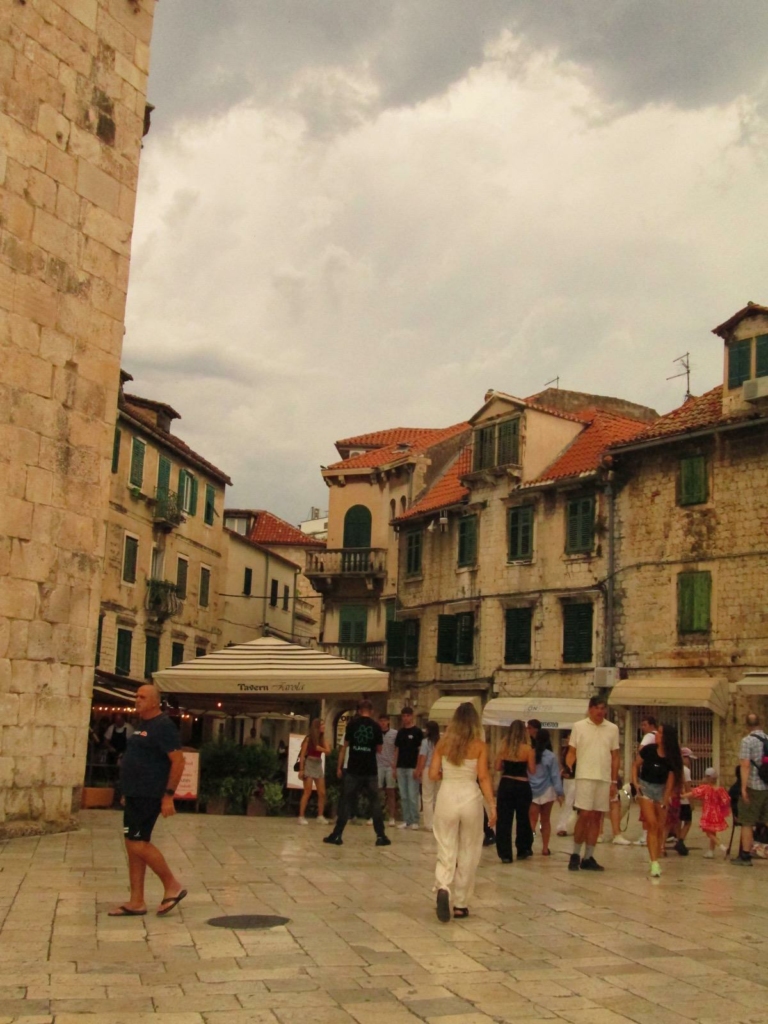
The second day decided to focus more on history. We explored the palace substructures and joined a guided heritage tour. We learned about how Split grew from a Roman imperial residence into a thriving port city! We were able to see how the pillars and different parts of the Palace were inspired from countries around the world. In the afternoon, we walked up Marjan Hill for a great view of the city and the surrounding islands.
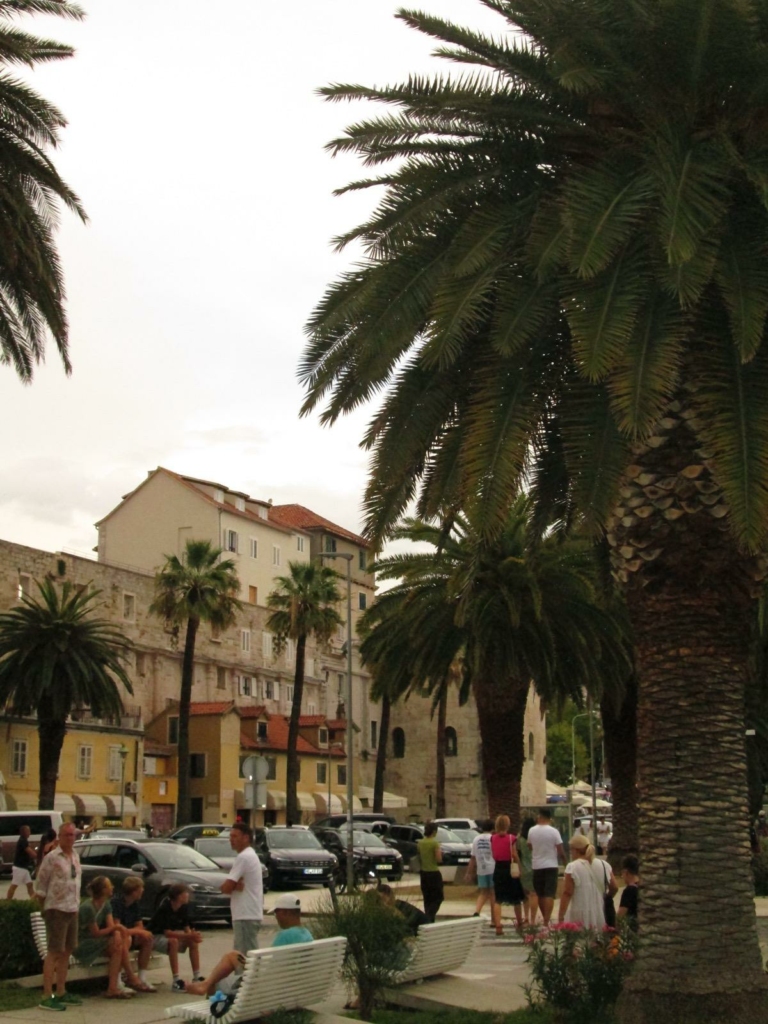
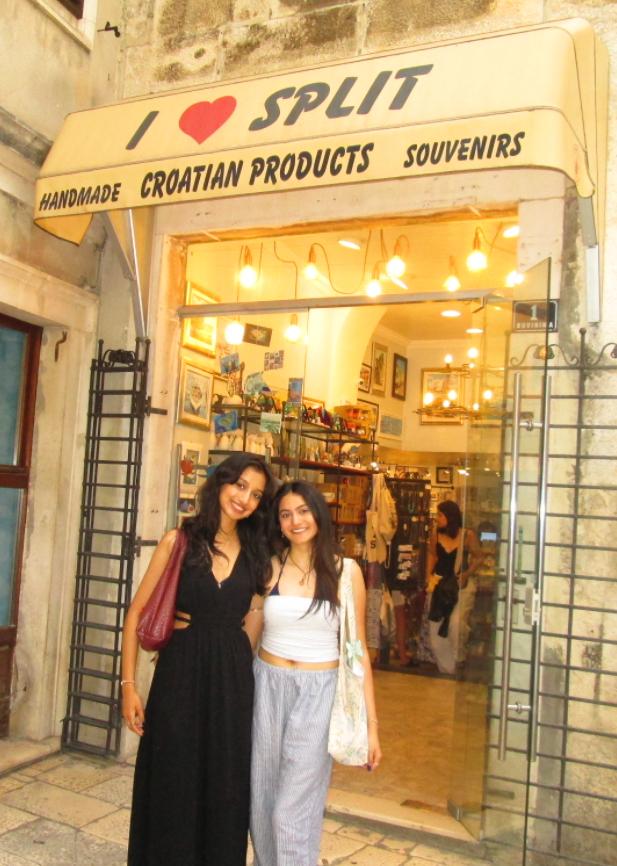
Our last day was more relaxed. We visited local markets, tried new foods, and spent our final evening back on the Riva, watching the boats and talking. We left with souvenirs for ourselves and for family and friends, but more importantly with a sense of how Split’s history continues to shape its identity today.
For us, Split represented the theme of Past Rebuilt, Future Reimagined in many ways. The city is literally built around its Roman palace, but instead of treating it only as a monument of the past, people live and work inside it every day. Split shows how heritage can remain relevant when it is integrated into modern life rather than separated from it. This makes the city’s past feel alive and reminds us that reimagining the future means finding ways for heritage to adapt, connect, and continue serving communities today.




